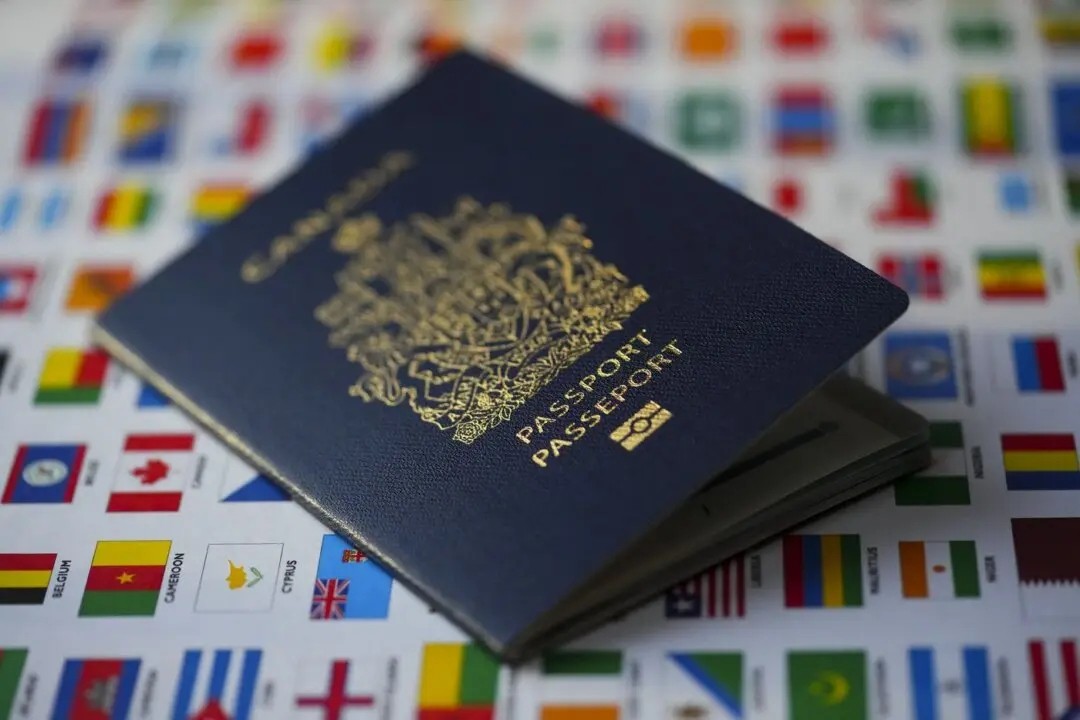Cases of drug-impaired driving continued to rise for the fourth consecutive year since the Liberal government legalized marijuana in October 2018, according to police data collated by Statistics Canada.
Released on Aug. 2, the study, titled “Police-Reported Crime Statistics In Canada 2021,” found that there were 7,690 cases of drug-impaired driving violations in 2021 compared to 7,621 in 2020.





